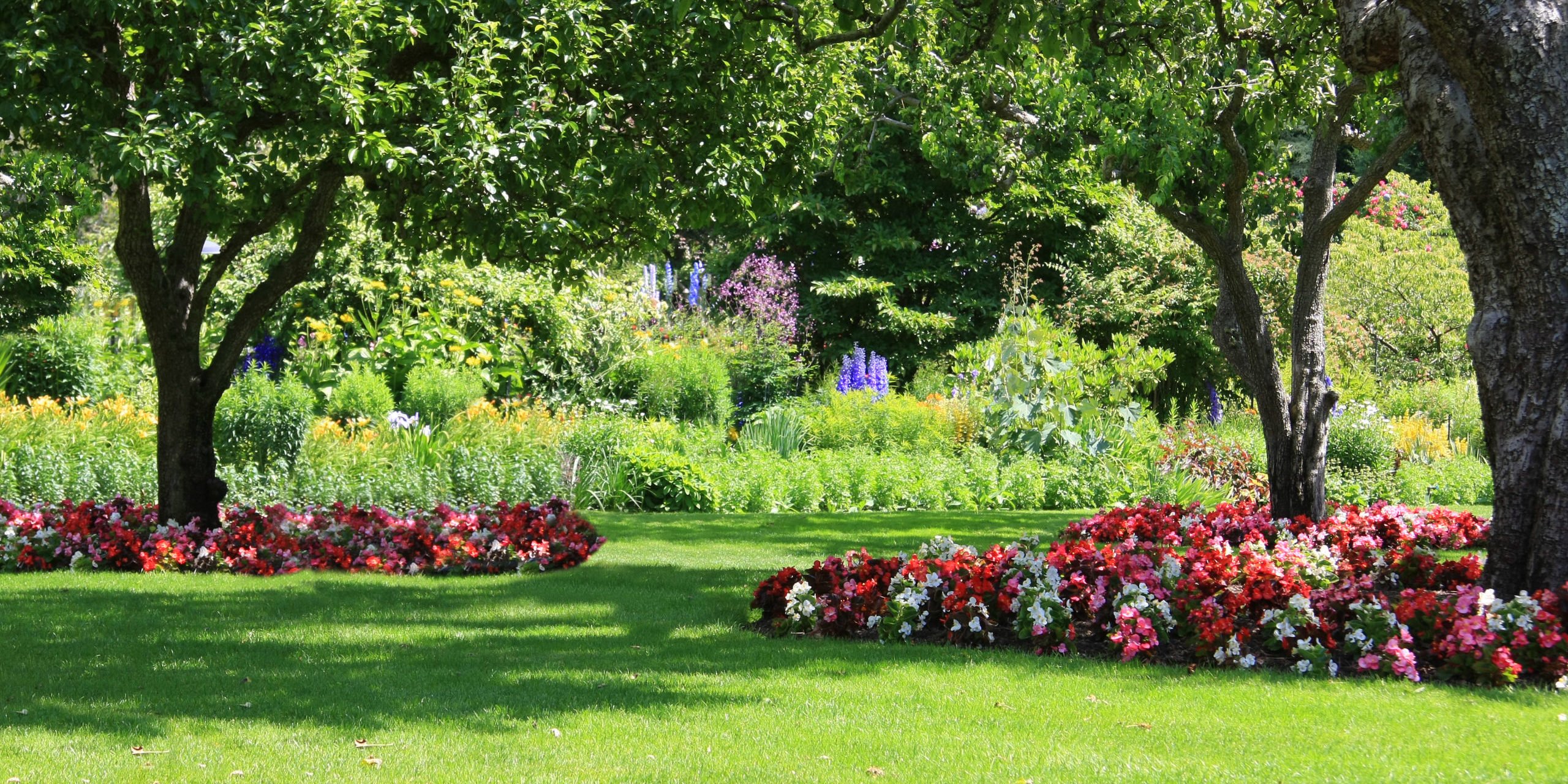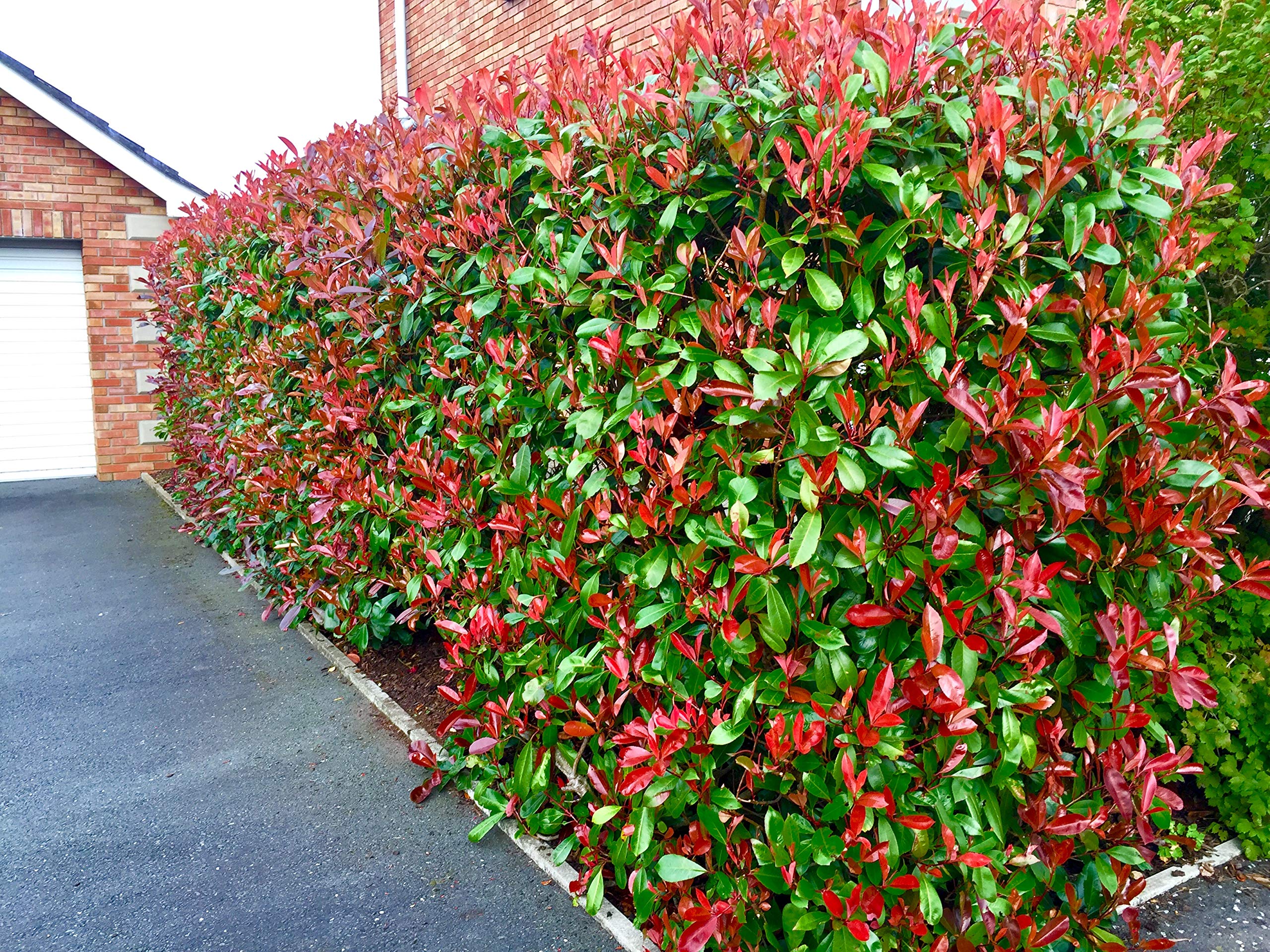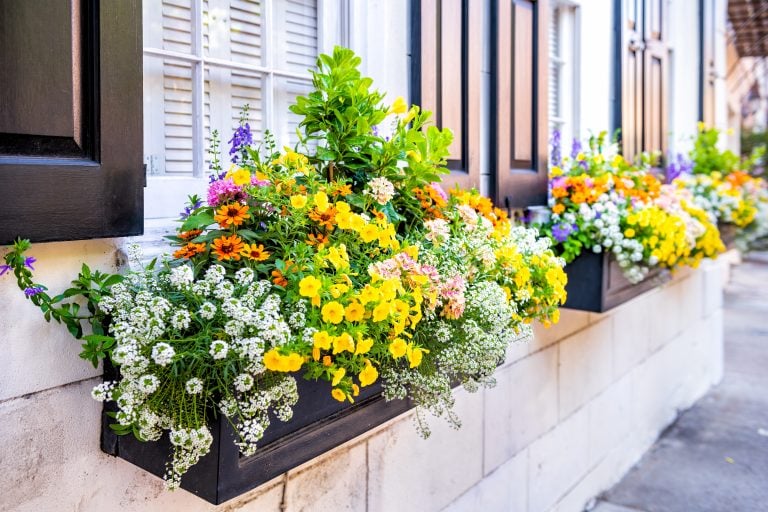Top 10 Tips To Create A Beautiful Garden

Table of Contents
Making gardens is an art that has been transformed with the integration of artificial intelligence (AI) technology. AI systems help examine land features, choose plants, and even create ideal garden layouts.
Utilizing AI tools can enhance the visual appeal and functionality of your garden design. This article explores ten ways AI can assist in crafting a beautiful and thriving garden.
1. Utilize AI-Powered Design Platforms
A great number of AI gardening design software programs have interactive 3D visualization features that enable users to preview and alter the design before it is put into practice. This saves time, energy, and resources since gardeners can try different options in virtual planning.
AI-driven modern design platforms provide useful tools that make designing easier. In addition, these platforms employ artificial intelligence algorithms that evaluate elements such as soil composition, sunlight exposure, and weather patterns to develop optimized garden layouts. Feeding specific demands and likings, plant species, spacing arrangements, and general garden structure that ensures maximum growth and beauty can be advised by the AI system.
Garden design AI-based applications continuously learn from user feedback as well as analyze data so that the designs recommended will change over time based on gardening trends at various periods in the future; environmental conditions prevailing then as well as individual preferences changing all along with them.
2. Use AI in Site Analysis
Before designing your garden, conduct a thorough site analysis. AI-based satellite imagery helps map key landscape features. This technology identifies slopes, drainage patterns, and existing plants, aiding in understanding your site’s uniqueness.
With this knowledge, you can make informed design choices, creating an attractive and functional garden space. This forms the foundation for your garden.
3. Make Plant Selection more Efficient by using AI
Choosing garden plants can feel tough. There are many things to think about like climate, soil, and looks. But AI tools can help. They look at things like hardiness, water needs, and care. Then they suggest plants that will grow well in your area. So AI makes finding the right plants for a colorful, healthy garden much easier.
4. Garden design through Virtual Reality
Virtual reality (VR) is transforming the field of garden design by enabling users to immerse themselves in garden settings and explore layouts, materials and plant combinations in 3D dimensions. With the help of AI powered VR platforms architects can visualize their concepts vividly and tweak elements. Enhance designs, before bringing them to life on location.
Cutting edge visualization tools such as head mounted displays or augmented reality glasses could also offer guidance during construction empowering architects to make adjustments based on virtual previews. Using new tech to make garden design easier and better is smart. An awesome idea!
5. Embrace Generative Design Techniques
Generative design techniques involve using artificial intelligence (AI) to create unique and innovative designs. This approach can be particularly useful for creating beautiful and nature-inspired garden plans. With generative design, you simply tell the AI what you want, and it explores millions of possibilities in a matter of seconds.
The best ideas often incorporate patterns found in nature and mimic the forms of plants and animals. The resulting landscapes not only look fantastic but also help to support and enhance the natural environment.
One of the key advantages of generative design is that it allows artists and designers to skip many of the traditional steps involved in garden planning. Instead of manually creating and refining designs, the AI generates organic and artistic arrangements that evoke the feelings and aesthetics of nature.
This process is incredibly efficient and can produce stunning results that would be difficult or even impossible to achieve through conventional methods.
6. Use Smart Irrigation Systems in Your Garden
Proper water management is key for healthy, lasting gardens. Weather data is gathered, using sensors to reduce waste, increase usefulness. Adjusting watering cycles based on live soil moisture and plant needs data, with different delivery methods as required.
AI can also spot issues like leaks or over-watering, allowing quick reaction and resource conservation this way. Designing gardens with smart irrigation not simply saves water, but improves plant well-being.
7. Utilize AI for Pest Control
Garden pests can ruin everything if proper measures are not taken on time. AI-powered pest and disease management tools offer proactive solutions to mitigate these threats and protect your plants.
The AI algorithm will analyze environmental factors, pest behavior patterns, as well as plant health indicators, thereby predicting possible risks while advising on preventive actions that can be taken, including crop rotation strategies, using natural repellents against pests, or targeted treatment options that may be suitable for some specific pests or diseases only.
AI-driven smart irrigation systems utilize sensors and weather data to optimize water usage and minimize waste
8. Opt for Sustainable Materials and Practices
For a garden design AI to be eco-friendly, it must include sustainable materials and practices. AI algorithms can also determine the most appropriate materials, such as reused timber, recycled aggregates, or porous paving systems, that are environmentally friendly.
Besides, AI algorithms can optimize resource allocation during the design and construction phases to minimize environmental impacts. Therefore, when considering sustainability principles, you will be able to become low carbon in nature in your gardening space and competently conserve natural resources while promoting biodiversity therein.
Thus, when you embrace sustainable practices in your garden, you are boosting environmental benefits as well as aesthetic values that will keep your garden attractive for years to come.
9. Foster Biodiversity with AI-driven Ecological Design
When it comes to ecosystem balance and resilience in a garden, there is no way biodiversity can be overlooked. AI-driven ecological designs are founded on selecting diverse species of plants to integrate into gardens to create wildlife corridors that support a healthy biodiversity network.
For instance, by looking at ecological data together with habitat requirements for pollinators, birds, butterflies, bees, and breeding grounds, they can predict these dynamics and hence offer plant suggestions that take all necessitated factors into account (AI algorithms).
Moreover, by simulating ecological interactions and dynamics, among other things, AI tools may help understand how resilient or non-resilient over time specific types of habitats are related to each other through different feedback loops linked within ecosystems.
10. Organize Your Garden Design
Garden design is a dynamic and iterative process that evolves. AI technologies offer invaluable insights and predictive capabilities to help you adapt and refine your design as conditions change.
By monitoring such things as the growth of plants, variations in microclimate, and the dynamics of ecosystems, AI algorithms can predict future requirements that will optimize garden performance.
Whether it pertains to fine-tuning irrigation schedules, updating plant selections, or incorporating feedback from wildlife observations, this approach of continuous adaptation fosters flourishing gardens that grow in tandem with their surroundings.
Conclusion
In conclusion, harnessing the power of AI can elevate your garden design to new heights, enabling you to create a harmonious and sustainable outdoor oasis that delights the senses and nurtures the soul. By incorporating AI-driven tools and techniques into your design process, you can unlock a world of possibilities and unleash your creativity in shaping the garden of your dreams.
Whether an old hand at landscaping or green at gardening itself, however, taking up artificial intelligence (AI) for garden design allows you to bring forth aesthetic appeal, promote biodiversity, and ensure resilience in whatever space is outside, enriching lives while enhancing landscapes for posterity.






